What allows a dog to follow a scent long after it has disappeared from human perception? What guides their feet so confidently across terrain that challenges even experienced trackers? The answer lies in instincts shaped by generations of purposeful work.
Specialized tracking and hunting dogs rely on senses that operate far beyond ordinary awareness. Their ability to read wind patterns, interpret faint disturbances in the earth, and commit to a trail with unwavering focus comes from a natural understanding of movement and scent.
These dogs do not wait for instructions to recognize a path. They move as if the land speaks directly to them. Their minds organize information with remarkable clarity, and their bodies respond with steady discipline.
As you continue through this article, you will discover the deeper layers of these abilities and the powerful instincts that shape dogs trained for specialized tracking and hunting.
Key Takeaways
Every scent tells a story to these dogs, and this article explores how some breeds can read that story long after the trail has cooled.
The GSP, Weimaraner, Vizsla, and Brittany reveal how sharp observation and tireless energy turn them into dependable partners for long tracking sessions.
As the Labrador Retriever and English Setter step in, you see how their grounded nature and keen senses guide them through terrain that challenges even experienced handlers.
Dog Breeds for Specialized Tracking and Hunting
1. German Shorthaired Pointer
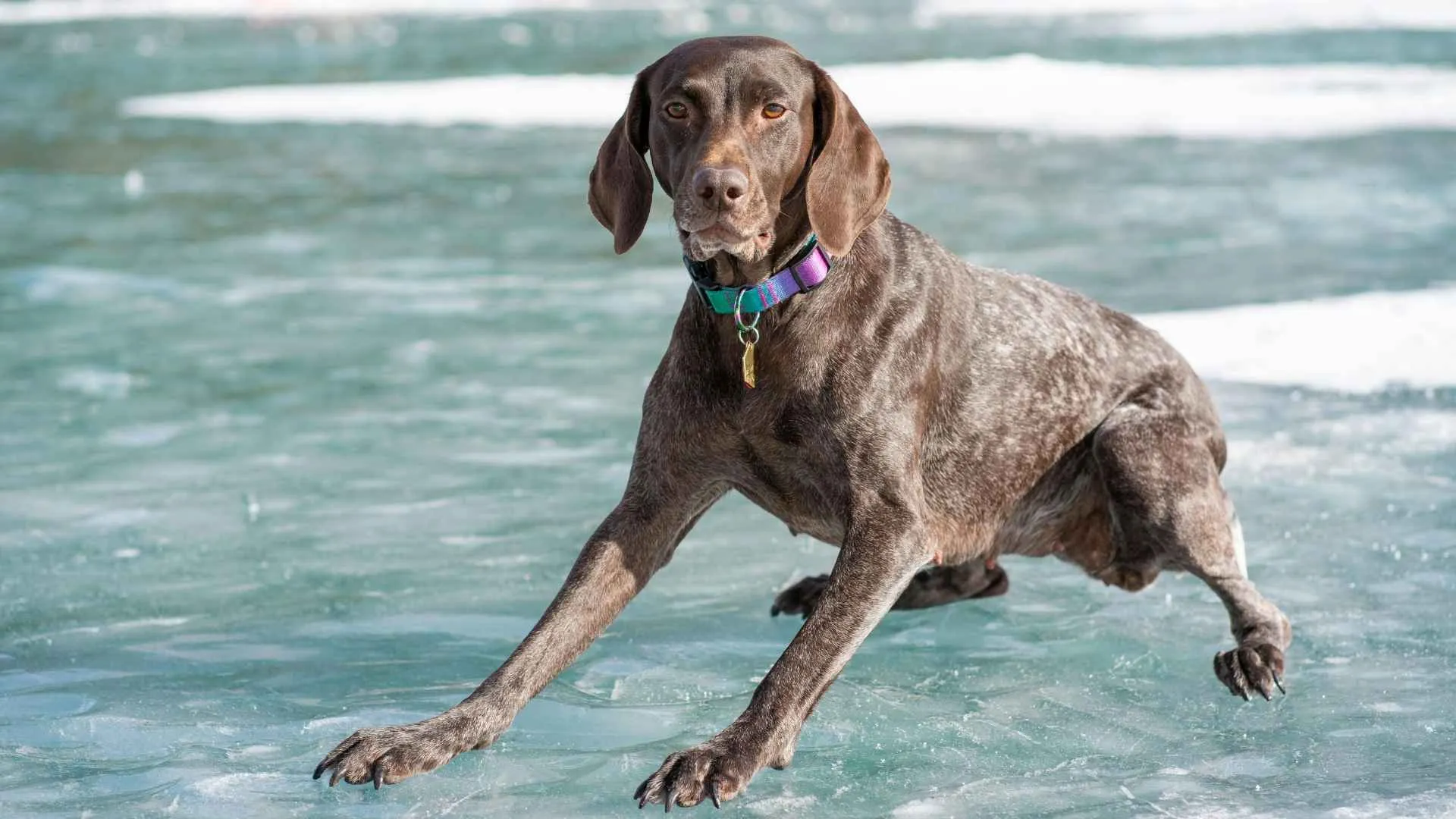
A German Shorthaired Pointer stands out first for its quick thinking, which plays a major role in high-focus tracking work. The breed processes scent changes rapidly, adjusting its path with a level of precision that seasoned hunters admire.
Built for Intensive Field Work
Their athletic frame gives them the stamina needed for long tracking sessions where the terrain keeps changing, as PetMD notes. A GSP stays responsive through dense cover, open fields, and water, making it a dependable all-rounder in hunting settings.
A short transition fits well here, leading into a few relevant highlights.
Quick to pick up new tracking cues
Strong drive for pointing and retrieving tasks
Confident movement across varied landscapes
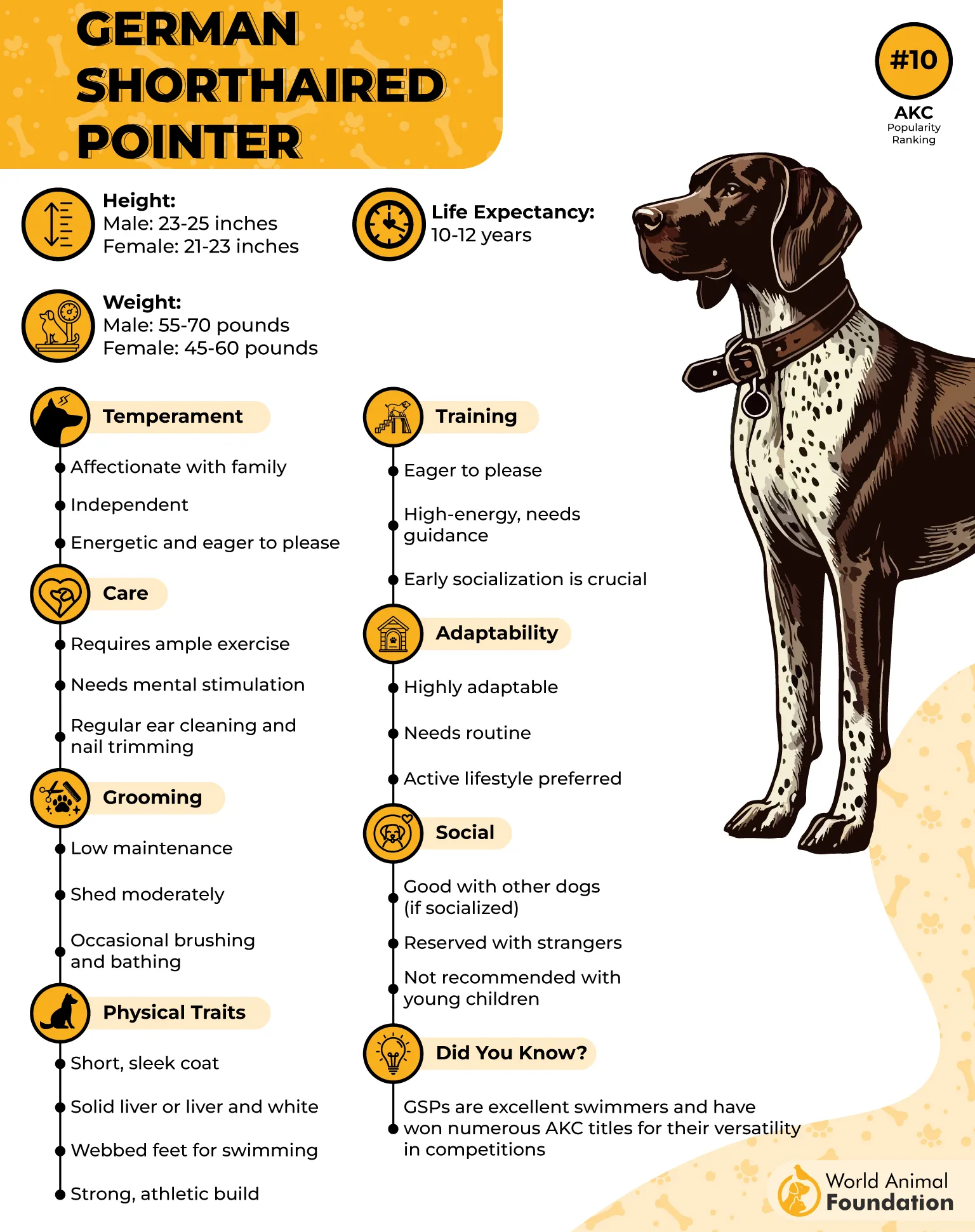
Drive That Shapes Their Focus
Their strong prey instinct fuels their commitment during scent-driven work, allowing them to follow trails with steady determination. This instinct is the core of what makes them reliable partners in specialized hunting roles. Their enthusiasm keeps them engaged until the task is completed with precision.
2. Weimaraner
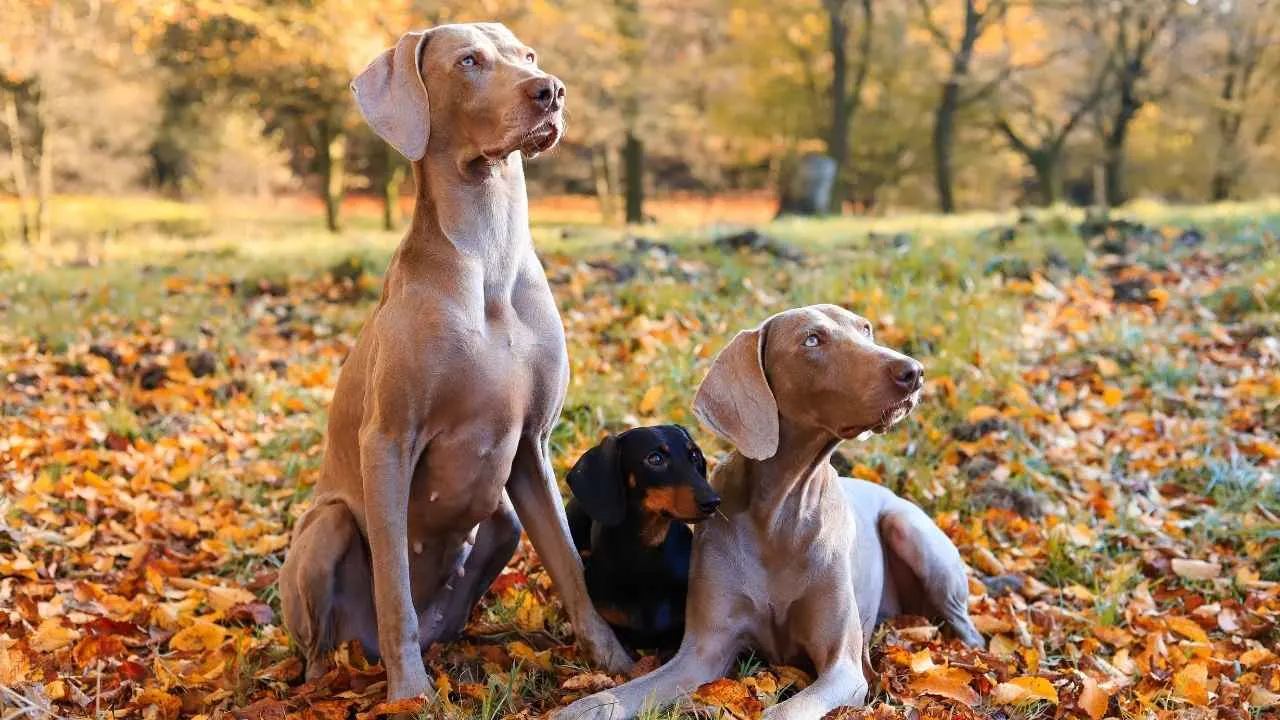
A Weimaraner’s eagerness to engage with anything that sparks its curiosity makes it a strong partner as a hunting breed. Its quick learning style allows it to adapt to new commands with ease, especially when tracking scent trails. This dog stays focused during long sessions, responding instantly to shifts in direction or movement.
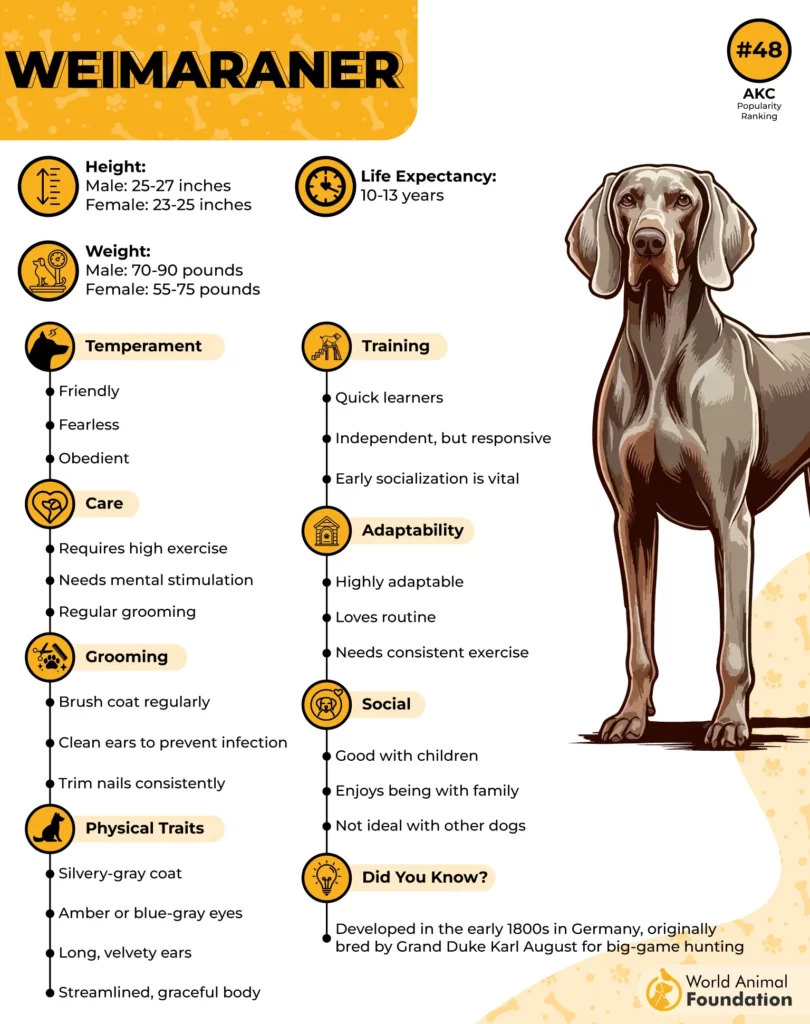
Precision in the Field
The breed is known for keeping pace over long distances without losing attention, which supports tracking tasks that demand stamina and accuracy. Its willingness to stay active contributes to its reliability during extended hunts where the scent path changes quickly.
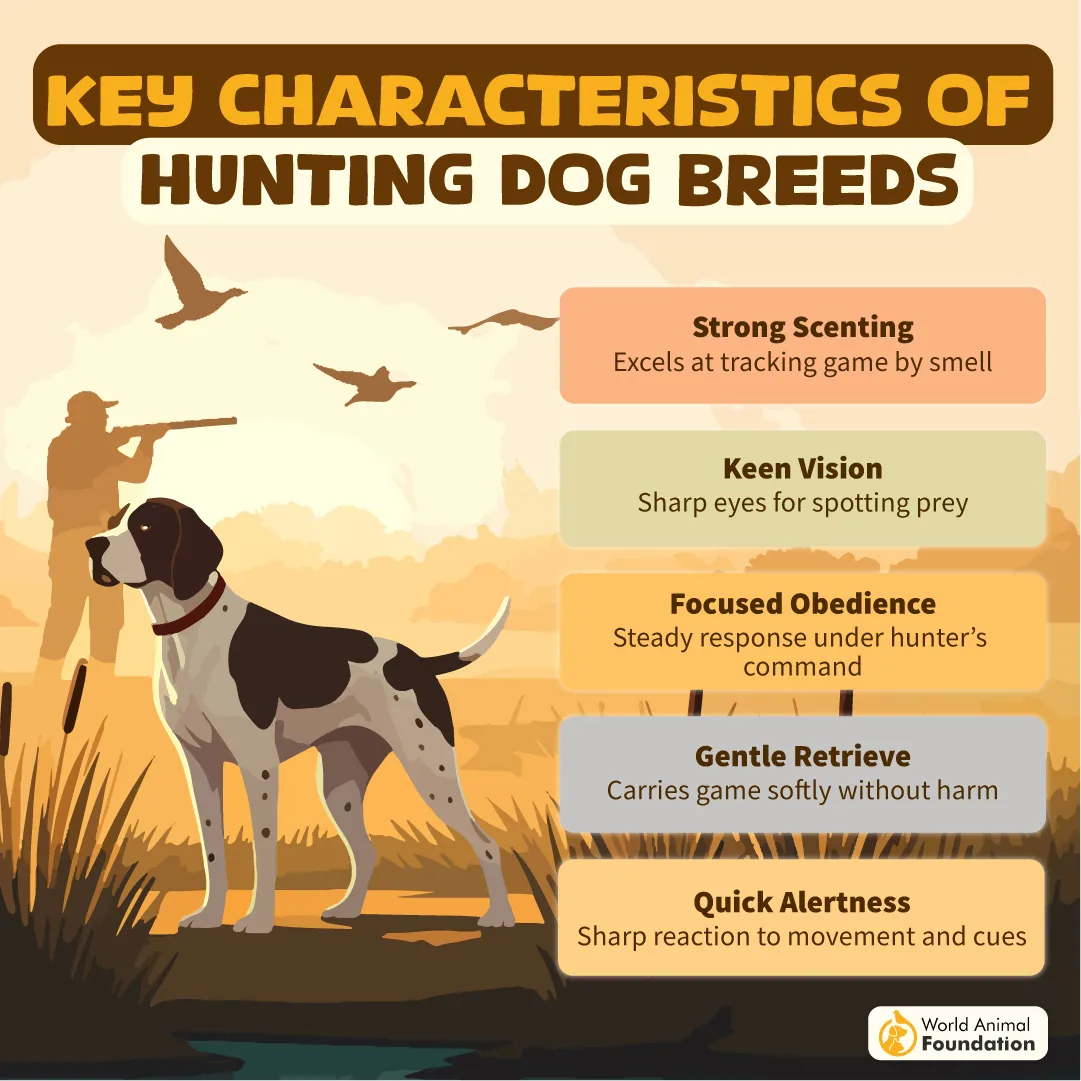
A brief look at its working strengths helps highlight its suitability:
Consistent focus in unfamiliar terrain
Smooth coordination during fast searches
Keen awareness of subtle scent shifts
Strong Connection to Handlers
Weimaraners form close working bonds that help them stay attentive to verbal cues even in distracting environments. According to the AKC, their people-oriented nature blends well with structured field routines, especially when teamwork is essential for locating game.
3. Vizsla
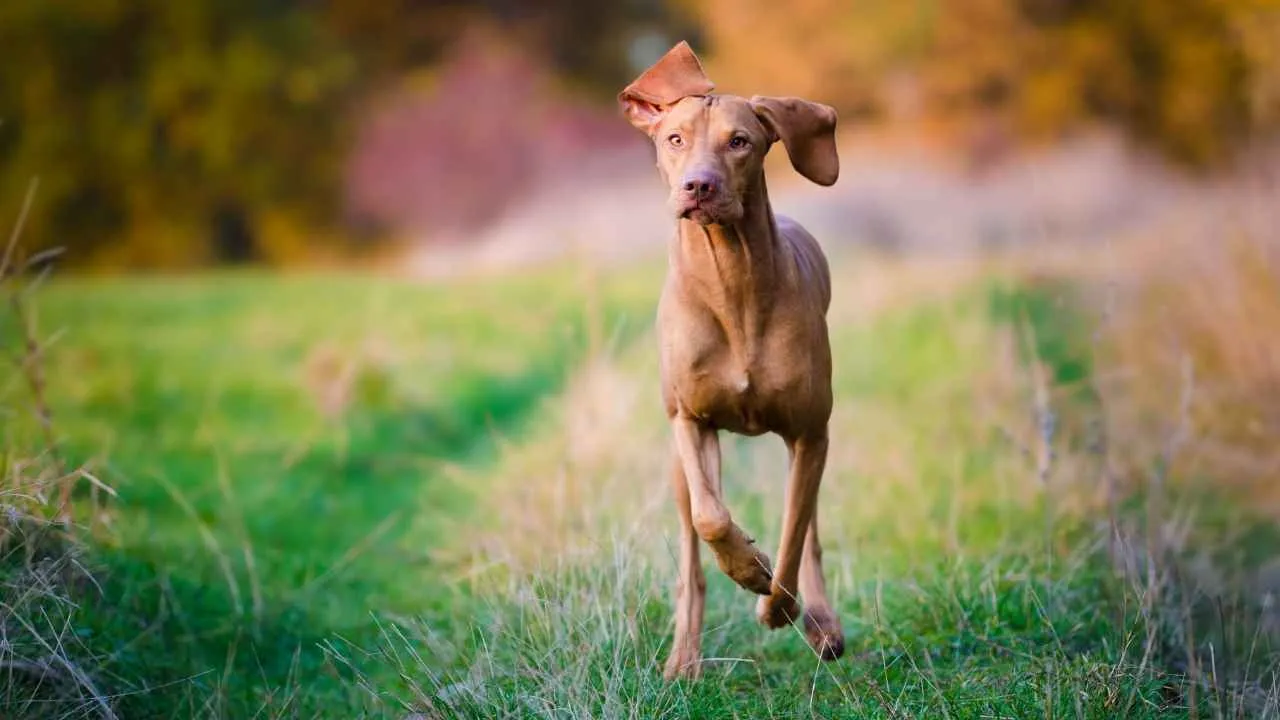
The Vizsla’s energetic movement and expressive focus make it a standout in fields where scent matters most. It stays alert to every shift in the air, which gives hunters a clear advantage during long tracking sessions. Its eagerness to work with people adds a smooth rhythm to any hunting partnership.
Sharp Skills in the Field
Endless stamina keeps this dog active through hours of bird scent searches, even across warm and open terrain. Its short coat supports this endurance in hot climates and helps maintain steady performance, as per the CKC.
This is why it excels in tracking and hunting:
Quick to recognize scent changes
Maintains focus over long distances
Works confidently in wide, open areas

Responsive and Willing to Learn
Training usually progresses at a fast pace because the breed naturally pays attention to what is asked of it. This makes it comfortable with complex tracking patterns and steady recall work. Its warm temperament also keeps sessions enjoyable for both handler and dog.
4. Labrador Retriever

A Labrador Retriever’s concentration stands out long before it reaches the field. This clarity helps the dog follow scent trails with precision and stay attentive during long tracking sessions. Its steady mindset gives hunters confidence when navigating dense terrain or unpredictable environments.
Ground Skills That Support the Hunt
Labs respond quickly to cues and adjust smoothly to shifting tasks during a hunt. Their structure allows them to move through brush, wetlands, and rugged ground without hesitation or wasted effort.
The following traits further strengthen these abilities:
Confident work in cold water
Stable reactions in fast-paced settings
Reliable scenting ability for varied game

Water Readiness for Demanding Retrievals
Their approach to water makes them a dependable choice for duck hunting, especially when retrieving in chilly lakes or marshes. This same ease in the water is why the breed is often remembered as a versatile hunting dog across regions.
Note: Labradors have been among the most popular dog breeds for decades, a status linked to their performance in both fieldwork and companionship.
5. Chesapeake Bay Retriever

A Chesapeake Bay Retriever is known for its driven work style, especially when the task involves water. Its muscular build and steady determination allow it to keep pace in tough hunting environments where distance and terrain test a dog’s resolve. The breed’s oily, insulating coat helps it maintain performance even when the water turns icy.
Built for Demanding Retrieval
Its sharp memory and problem-solving skills make it stand out among hunting dog breeds that rely on precision. The Chessie works with a sense of purpose that shows how naturally it reads a field during long tracking sessions.
This is why seasoned dog owners trust this breed for rugged outdoor tasks:
Strong motivation in cold conditions
Effective pattern recognition during searches
Reliable responses in fast-changing situations
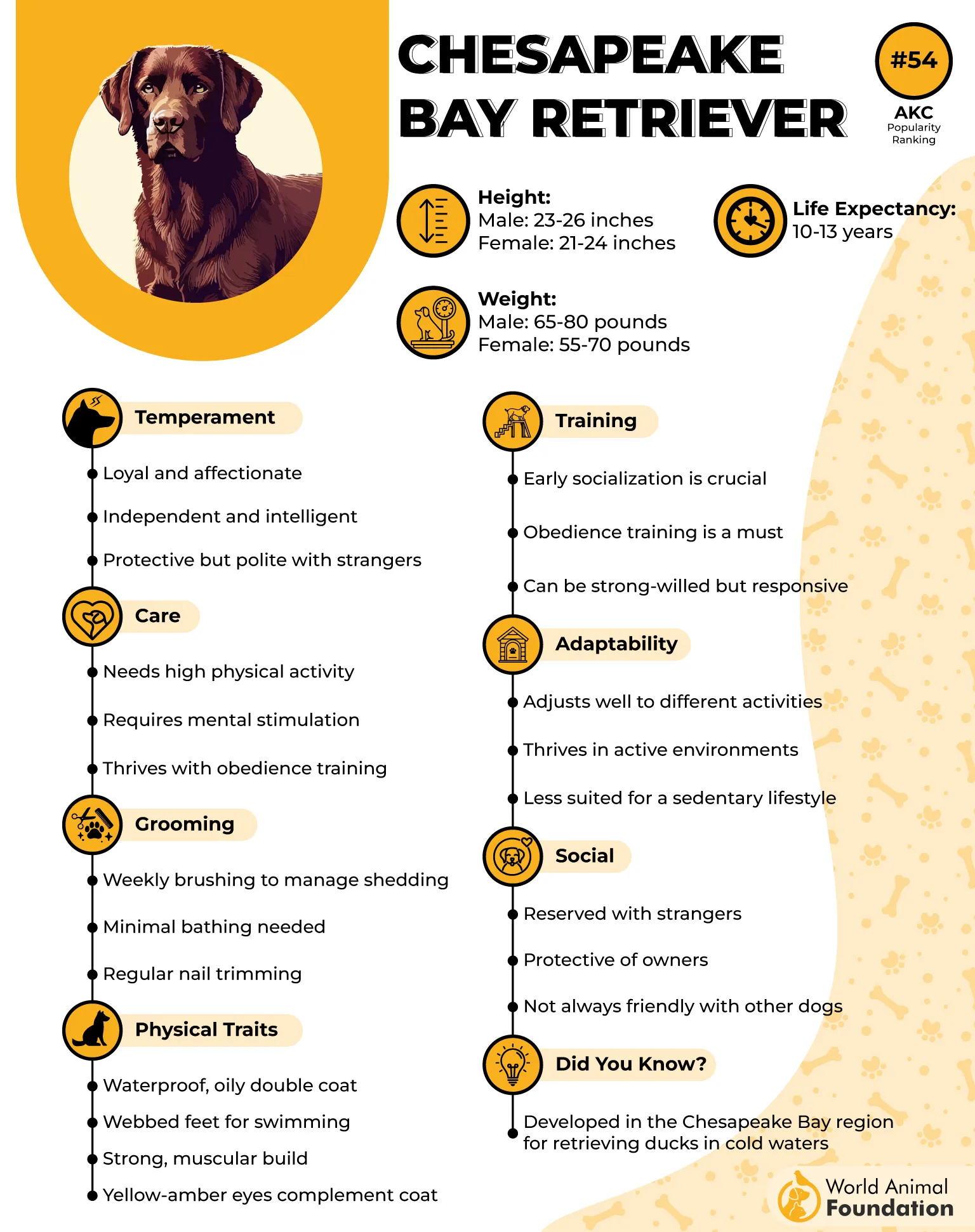
Loyalty That Shapes Its Working Style
This breed forms deep attachments to its household and maintains a clear sense of who belongs within that circle. Its alert nature in unfamiliar settings often benefits handlers who need a steady, observant partner during long outings.
6. English Setter
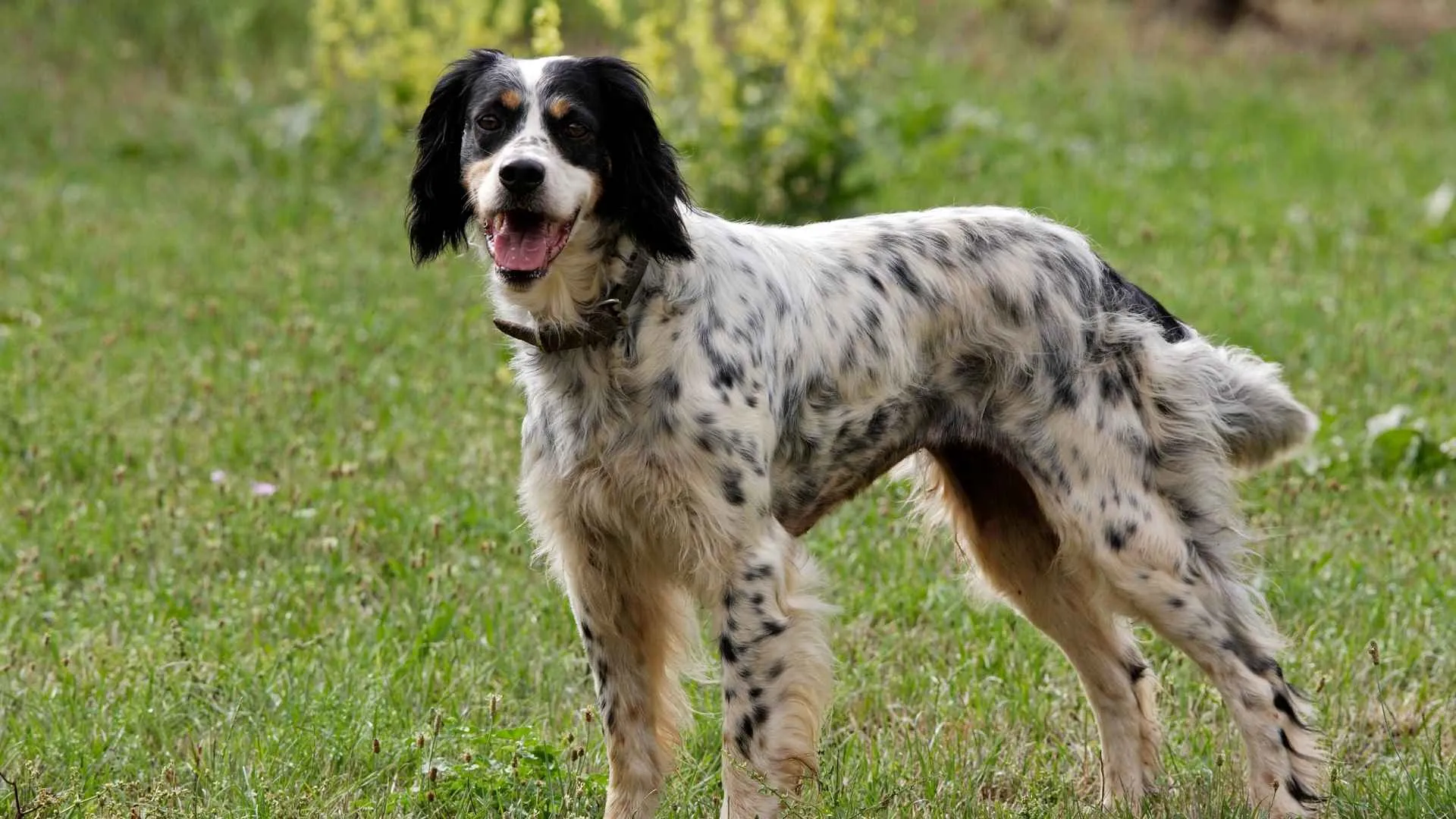
The English Setter is known for its soft, sweeping movements in the field, allowing it to read terrain with impressive clarity. This natural attentiveness helps it pinpoint scent changes long before a human notices anything unusual. Its steady posture while locating birds has long made it a respected name in upland work.
Skillset Honed for Bird Work
Field-bred setters are lighter, faster, and shaped for full days in wide hunting grounds. Their pointing style is fluid, and they respond quickly when guided through open fields or rugged cover.
These qualities blend smoothly into tasks that rely on precision:
Quick adjustment to shifting wind direction
Efficient when hunting birds across varied landscapes
Steady focus during extended tracking sessions
Versatility in Training
Their aptitude for both pointing and retrieving allows handlers to shape them into loyal hunting companions without forcing rigid routines. They understand patterns quickly and work with a calm eagerness that supports long hunts.
7. Brittany
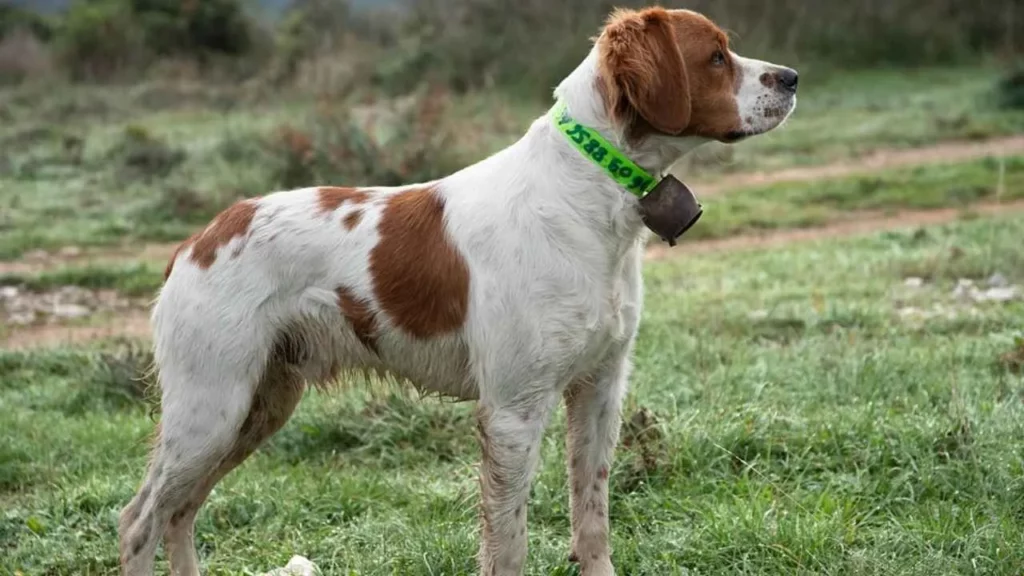
Brittany’s spark comes through the moment it steps into open terrain, showing a natural awareness that bird hunters value. Its energy stays steady during long sessions, which is why it’s loved by those who expect a dog to keep pace without hesitation.
Sharp Skills for Bird Work
Its quick reactions help it pinpoint scent changes before they fade, giving hunters a reliable advantage. The Brittany stays light on its feet, making it well-suited for dense cover or shifting terrain where precision matters most.
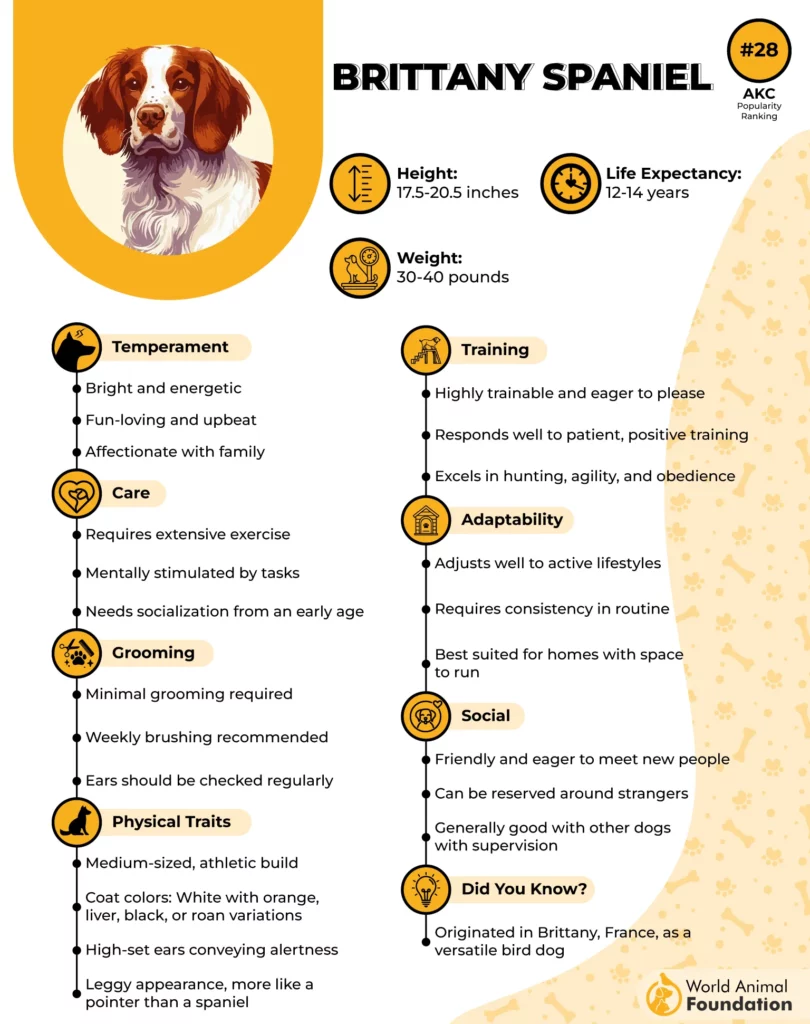
This is why it remains a favorite among field enthusiasts:
quick to learn refined cues
adjusts well to varying hunting styles
shows balanced drive without becoming scattered
Easy Bonding With Humans
Its affectionate nature gives it an effortless connection with people, and this closeness supports smoother cooperation during hunts. The same warmth makes it a strong choice for households seeking a family dog, especially one that brings enthusiasm rather than passiveness.
8. English Springer Spaniel
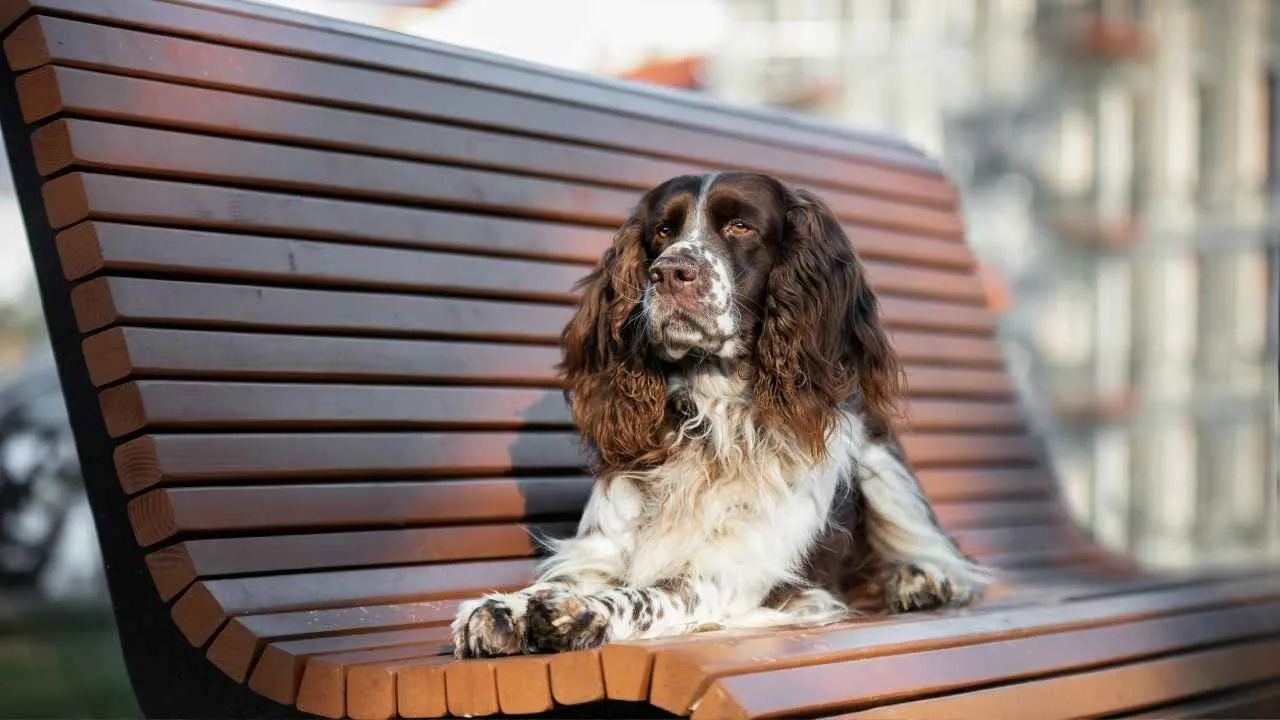
The English Springer Spaniel is known for its alertness, and that sharp attention naturally blends into its role as a dependable hunting partner. It stays tuned in to every shift in movement, which helps it mark the game before it even breaks cover.
Agile Hunter in Tight Cover
Its athletic build allows it to slip through dense thickets where larger hunting dogs struggle, making it especially effective when pheasants or other game hide deep in brush. This mobility adds a layer of precision to every search, turning thick vegetation into a workable path rather than an obstacle.
A small add-on here strengthens the picture:
Moves smoothly through narrow cover
Maintains steady determination on long field days
Flushes birds with clean, controlled energy
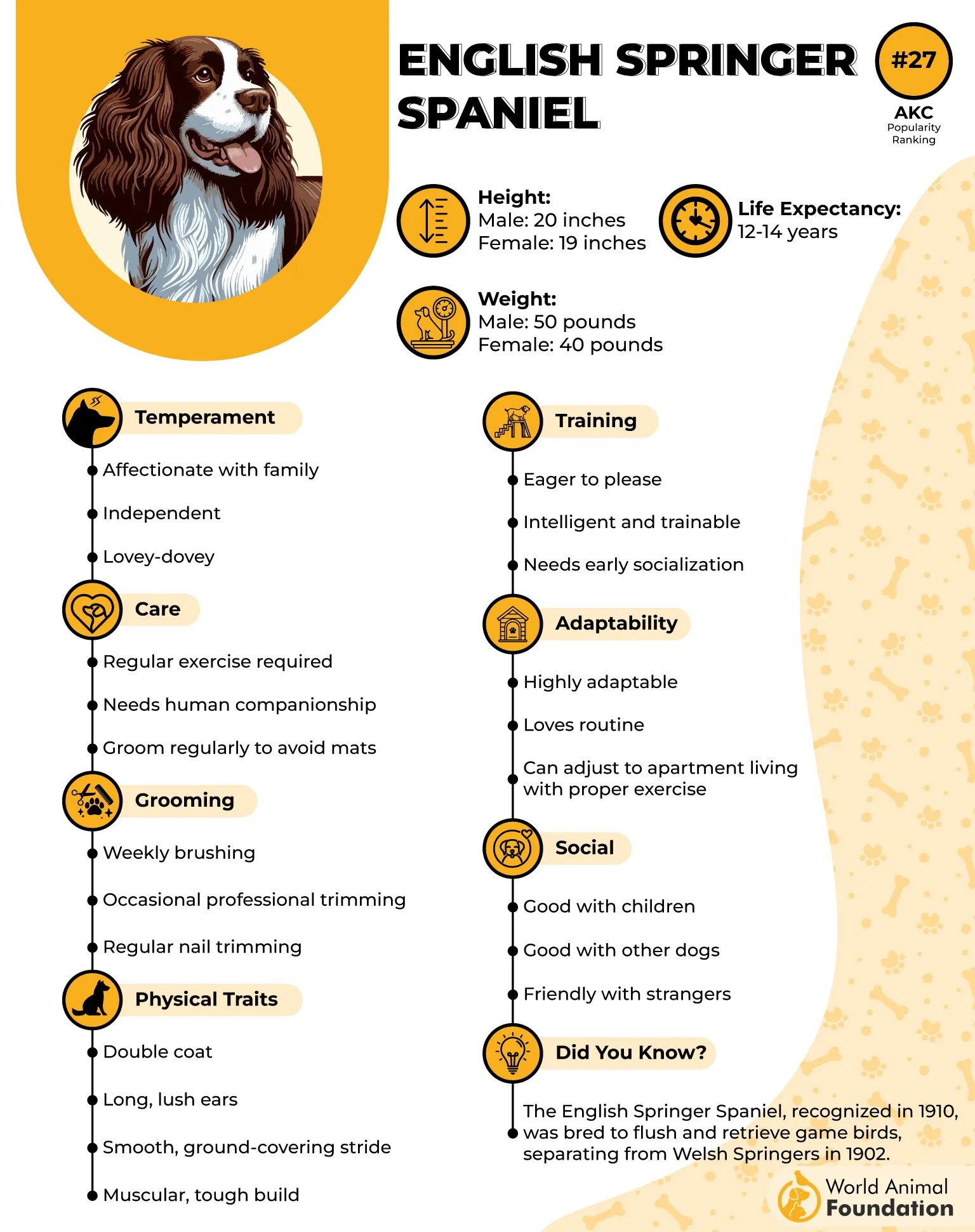
Balanced Drive and Household Calm
Beyond its working ability, the Springer transitions easily into family life, settling well when the day is done. It forms an easy rhythm indoors while keeping that ready-to-go mindset for the next hunt.
This dual nature is part of what makes the breed so valued among upland hunters who also want a companion at home.
9. American Foxhound

The American Foxhound is known for its sharp nose and steady determination during fieldwork. This breed stays focused on a scent for long stretches without losing momentum. Its natural stamina gives it an edge in long-distance tracking situations that require consistency rather than bursts of effort.
Built for Endurance-Based Tracking
Their light-footed stride helps them move through dense cover while keeping their attention on the trail. This rhythm of steady movement fits well with tasks that involve hours of following scent across varied ground.
These points underline how their abilities come together during tracking:
Keeps pace for extended hunts
Maintains scent accuracy over long distances
Handles changing terrain with ease
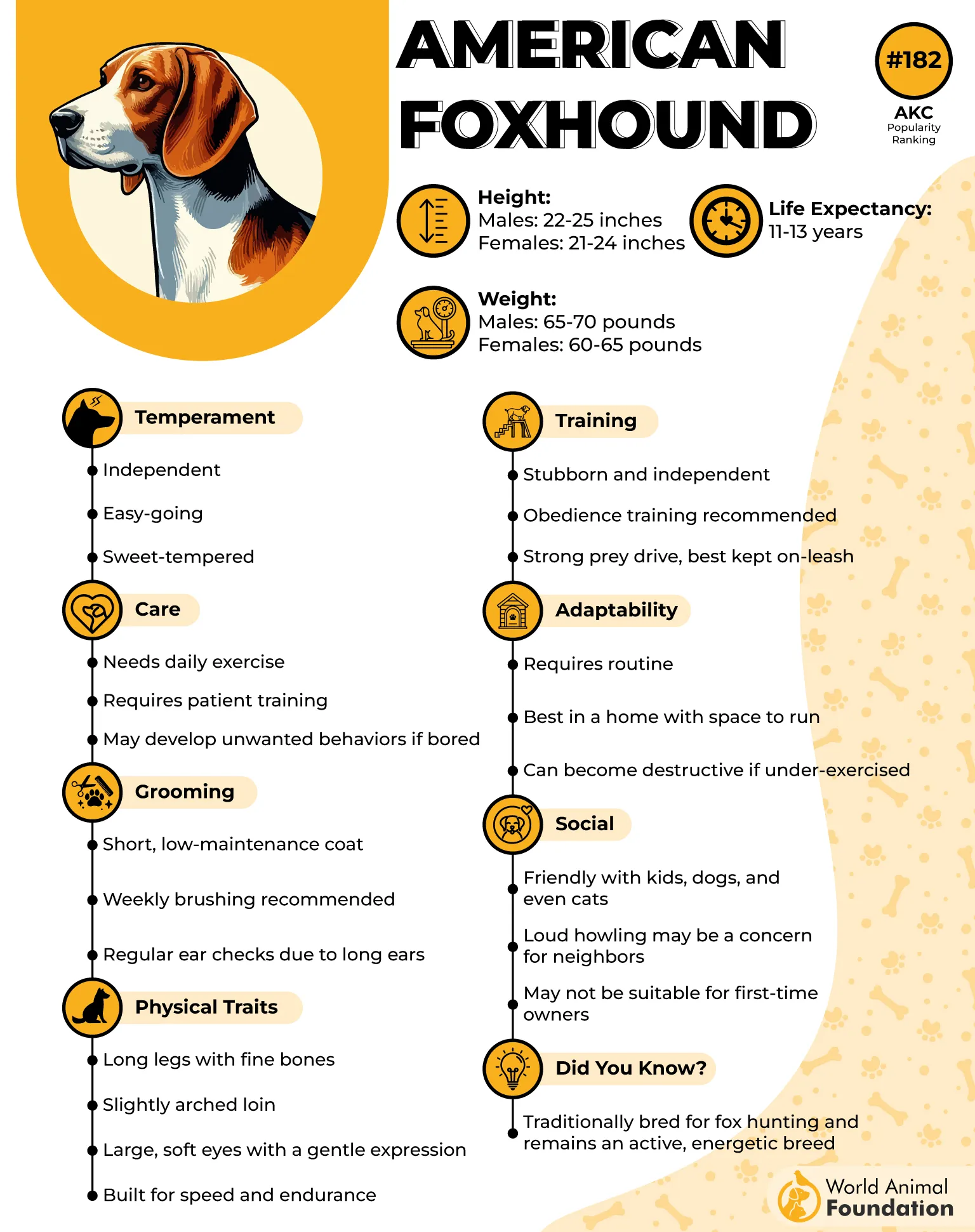
Purposeful Drive That Supports Hunting Roles
The Foxhound has a forward-moving energy that suits structured tracking and controlled hunting work. Its history in fox and deer pursuit shaped a dog that responds quickly once a clear scent is found. This directness remains valuable for hunters who need a partner that acts with intention rather than hesitation.
Conclusion
Tracking and hunting work reveal how deeply these dogs rely on skills shaped across generations. Their sharp sense of smell guides them through changing terrain, and their natural hunting instincts keep them focused long after the trail shifts.
Some excel as a bird dog in wide fields, while others work closer to the ground during upland game searches. Many hunting breeds share this clarity, yet their styles differ in pace and rhythm. Certain retriever breeds bring reliability around water, and some energetic dogs adapt to family life with ease. Their balance of drive and patience makes them a great family dog.

